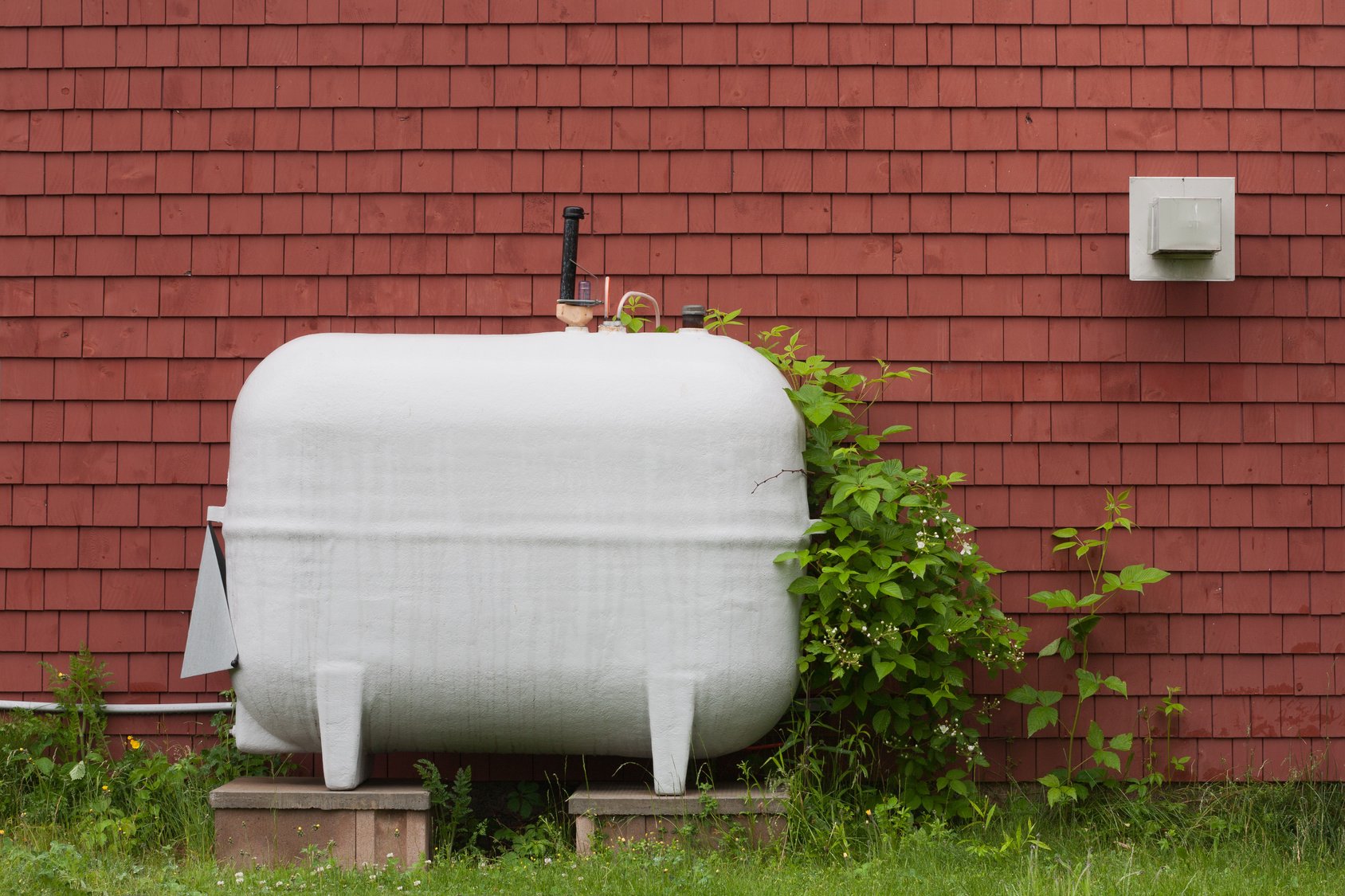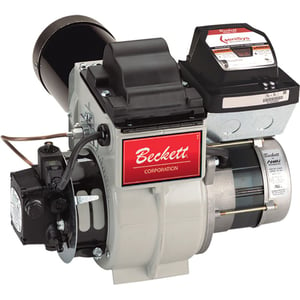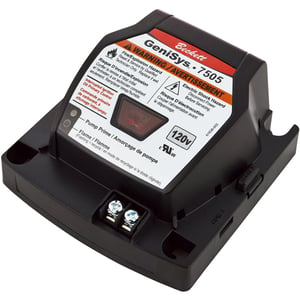
In many parts of the country, oil heat is one of the most popular types of heating systems for homes and facilities. There are several reason why oil is a popular heating fuel in various areas, from price to logistics to convenience. However, one of the most important characteristics of oil heat to consider is its relative level of safety compared to heating options like gas, propane, and more. In this post, we'll discuss oil heat safety vs. other heating fuels and explain why these characteristics make oil such a popular heating fuel.
Oil Heating Storage Safety
One of the most impressive "selling features" for oil heat is that it's relatively safe to store and utilize as compared to other heating fuels. In storage, one of the most reassuring features of oil is it's extremely high ignition point. Consumers and facilities can store large quantities of oil without worrying about accidental lighting, even with vapors escaping off the top of the oil. This is because oil has a much higher ignition point than other fuels.
Generally, oil won't light until it reaches 600 degrees Fahrenheit — a temperature that is virtually impossible to reach accidentally. Even spilled oil won't accidentally light with an ignition point that high. Gases used for heating, such as natural gas or propane, have a much lower ignition point. When there are leaks or releases of these products the low ignition point creates a chance for gas fires and accidental explosions, a very common fear. Gas storage and spills constitute greater safety concerns because of the higher potential for accidental lighting.
Additionally, in the unlikely event of an oil heat issue, such as a hole in the heat exchanger or a serious oil leak, the byproducts of oil combustion provide ample warning to consumers in the home or facility. Oil issues will produce soot and black smoke, making consumers aware of the dangerous situation almost immediately. When a gas system operates poorly, on the other hand, dangerous carbon monoxide may be produced. CO is odorless, colorless, and impossible to identify without the use of a CO detector. Therefore when a release or failure arises with oil consumers are be able to recognize an issue much more quickly, giving them more time to move to safety.
Comfort and Safety with Oil Heat
At the same time, oil heat also provides safe, dependable comfort to consumers in their homes or facilities. Customers using oil heat are unlikely to be without heat for long periods of time as long as a trained professional provides yearly system maintenance to their equipment. Any loss of heat can usually be quickly and easily repaired by a competent technician because most oil system components are compatible across major manufacturers. Instead of spending time finding and ordering proprietary parts, as with gas fired equipment, an oil heat professional can restore heat by replacing or installing parts and equipment that are readily and normally locally available.
Consumers experience fast responses to a call for heat from their oil equipment. Oil fired equipment heats relatively quickly because of its high BTU output. It is common to hear of oil customers who turn their system down during the day while they're out of the house then restore comfort by simply turning the heat back up. In most cases their space is back to a comfortable temperature within an hour.
As you can see oil heat is a reliable, safe source of energy for automatic comfort. The benefits are many, especially considering that oil heat can prevent dangerous freezing temperatures in the building, protecting consumers' most expensive investment from damage and their family from health and safety issues. All these benefits come from safe, reliable, and efficient oil heat.




